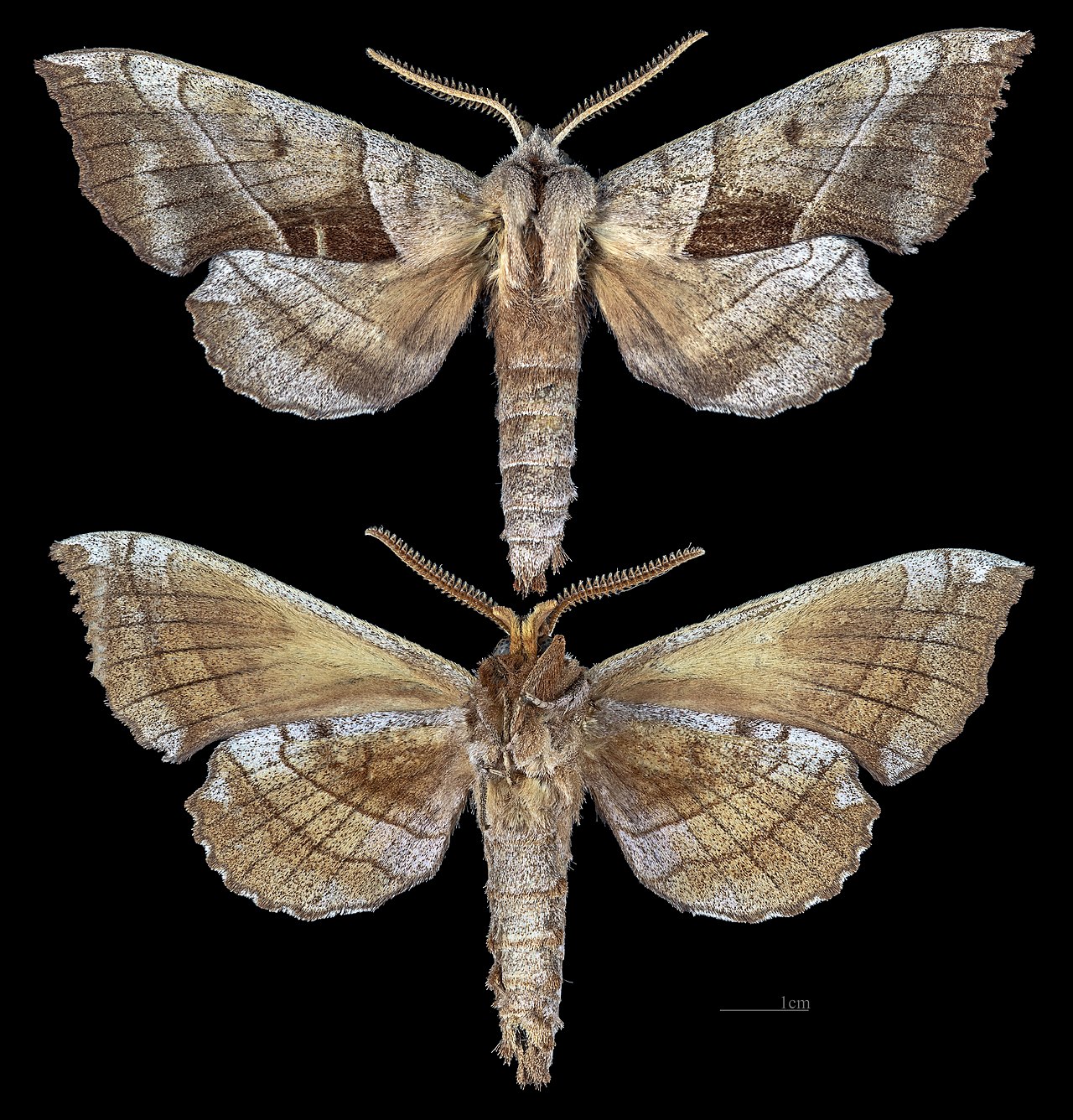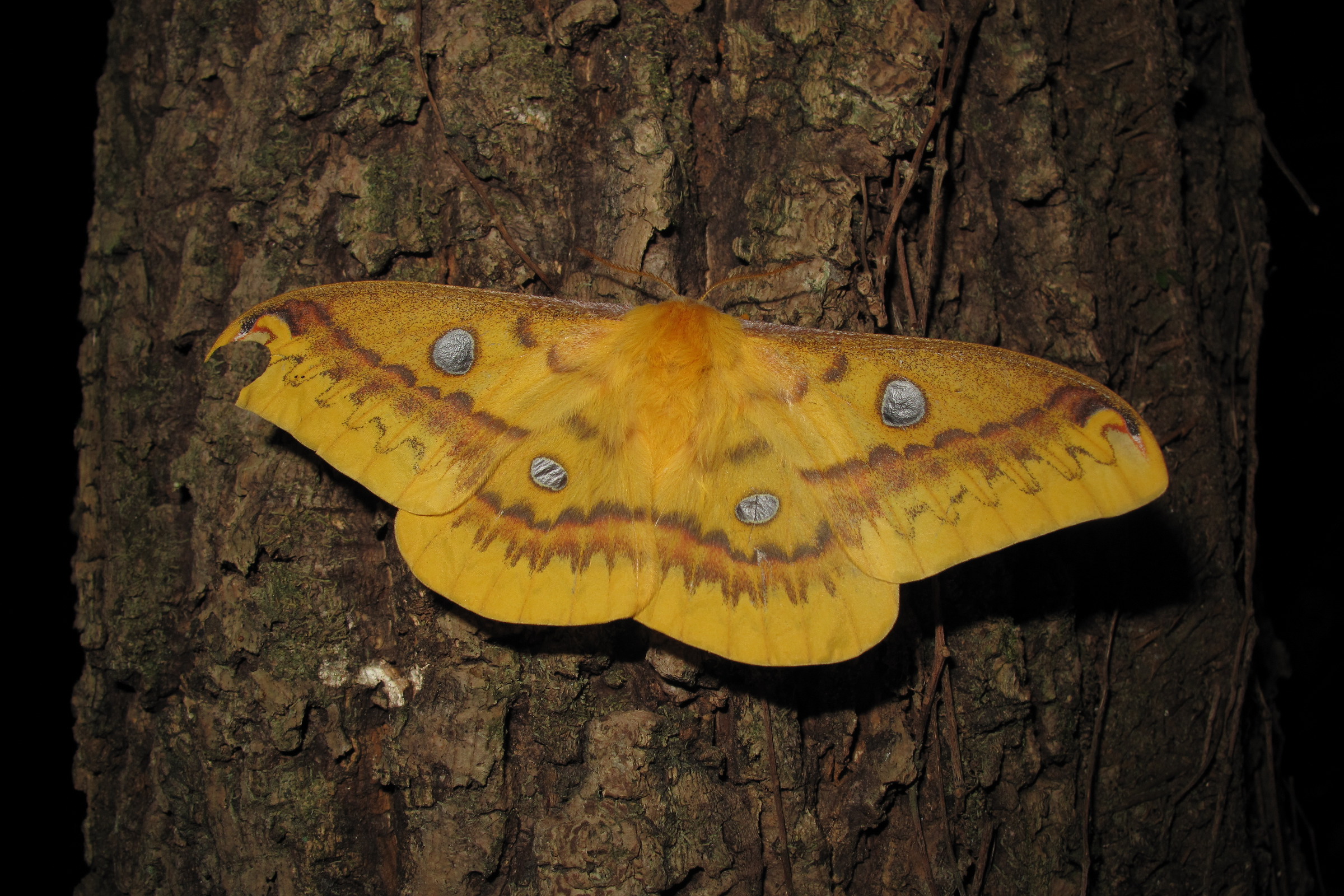Wiggle, Wiggle, Wiggle
Some moths have an interesting way of saving their butt.
Meet the walnut sphinx (Amorpha juglandis). This species is the genus's sole extant member. The juvenile form of this pretty moth from North America is truly badass.
It has a very specific self-defense strategy.
When a bird attacks, the green caterpillar wiggles its butt and releases air through a pair of enlarged spiracles (openings used for breathing), which produces a high-pitched whistling sound that might scare the predator away. Actually, it really does - a 2010 study published in The Journal of Experimental Biology found that the yellow warbler (Dendroica petechia), the walnut sphinx's natural predator, really flies off when the caterpillar whistles and thrashes. A 2017 study provided evidence that the sounds alone are enough to startle their predators.
But this guy isn't the only caterpillar that has an acoustic antipredation mechanism.
Rhodinia fugax is often called the squeaking hawk moth, and you can check out its abilities in the video below. Even the pupae of some species can produce sounds, although its unclear whether this serves any defensive purpose.

Photo credit: Didier Descouens
| Common name: | Walnut sphinx |
| Scientific name: | Amorpha juglandis |
| Phylum: | Arthropoda |
| Class: | Insecta |
| Order: | Lepidoptera |
| Family: | Sphingidae |
| Scientific reading: |

Photo credit: Yasunori Koide
| Common name: | Squeaking hawk moth |
| Scientific name: | Rhodinia fugax |
| Phylum: | Arthropoda |
| Class: | Insecta |
| Order: | Lepidoptera |
| Family: | Saturniidae |
| Scientific reading: |